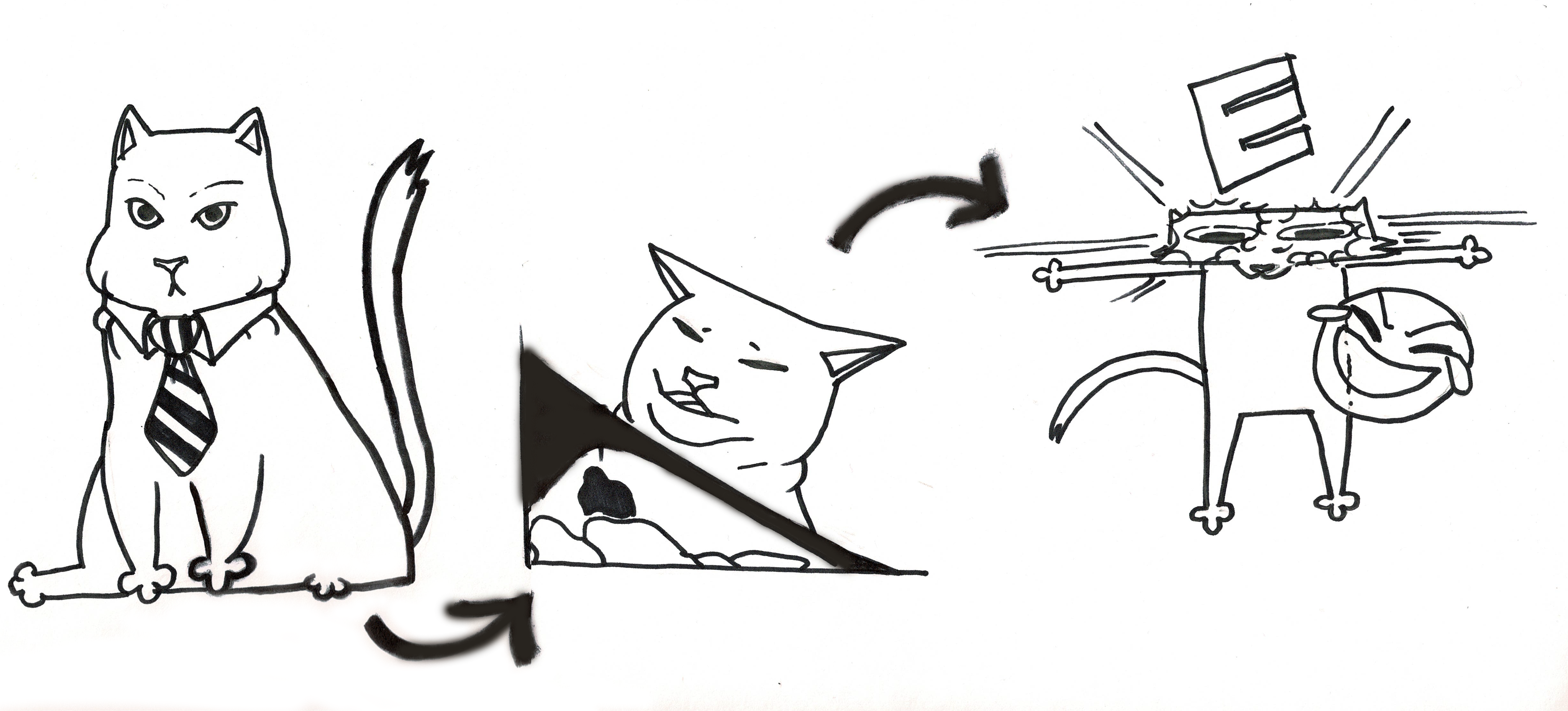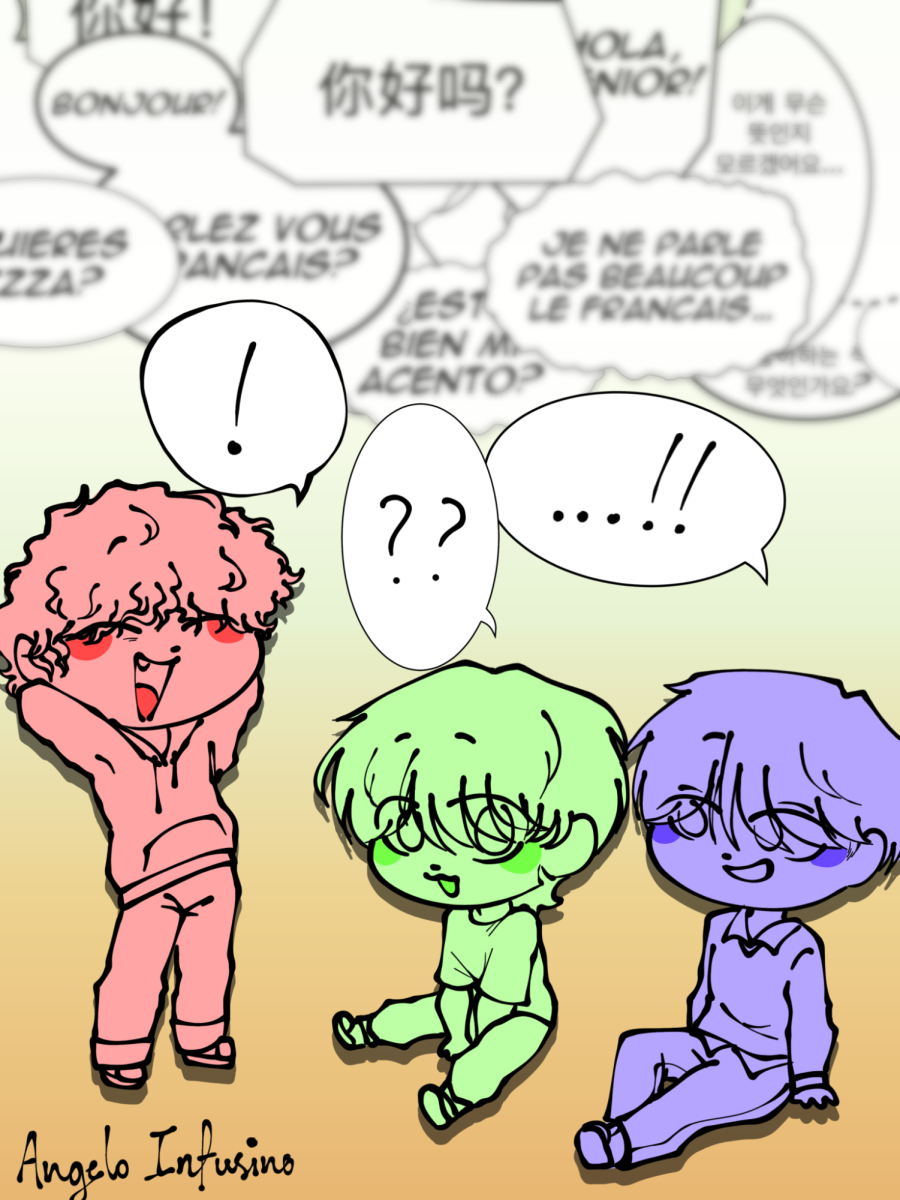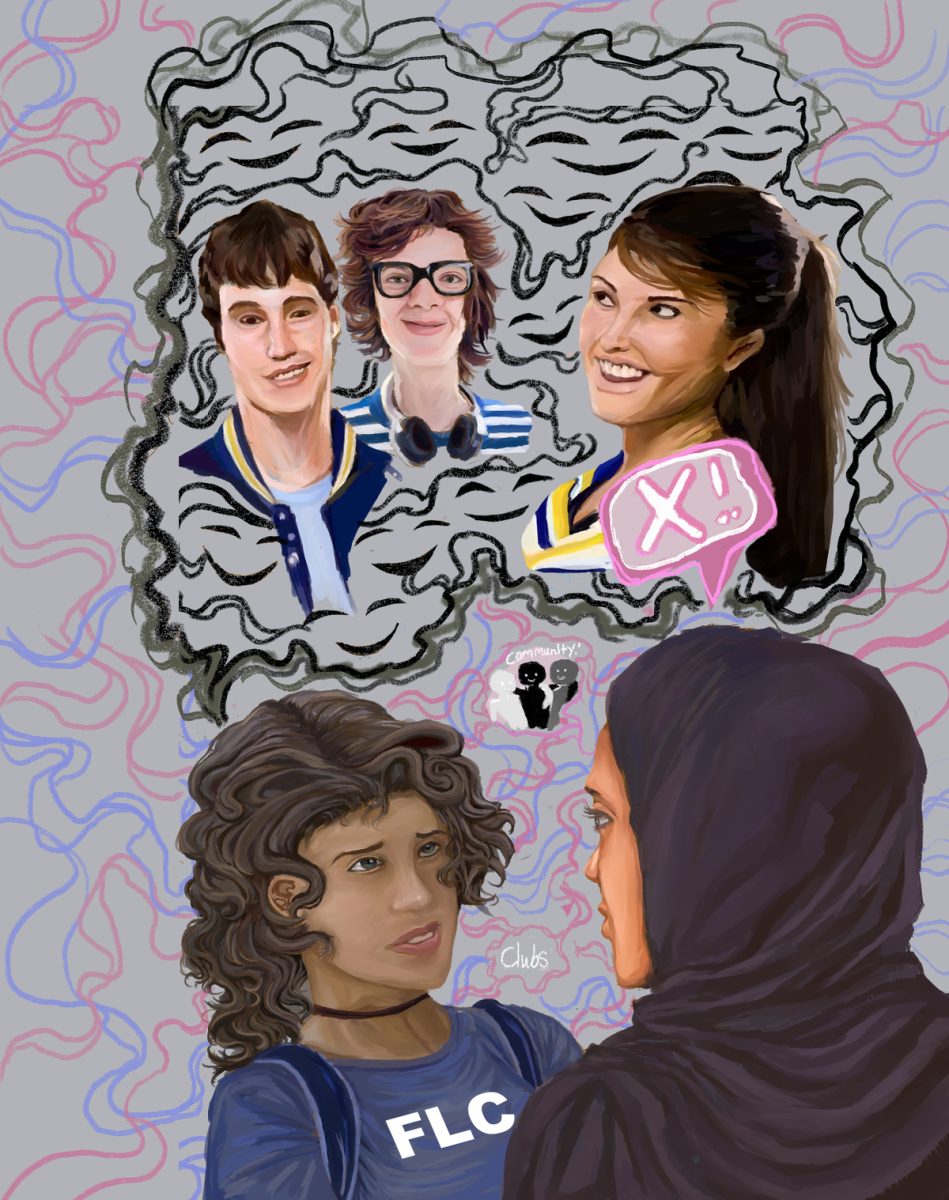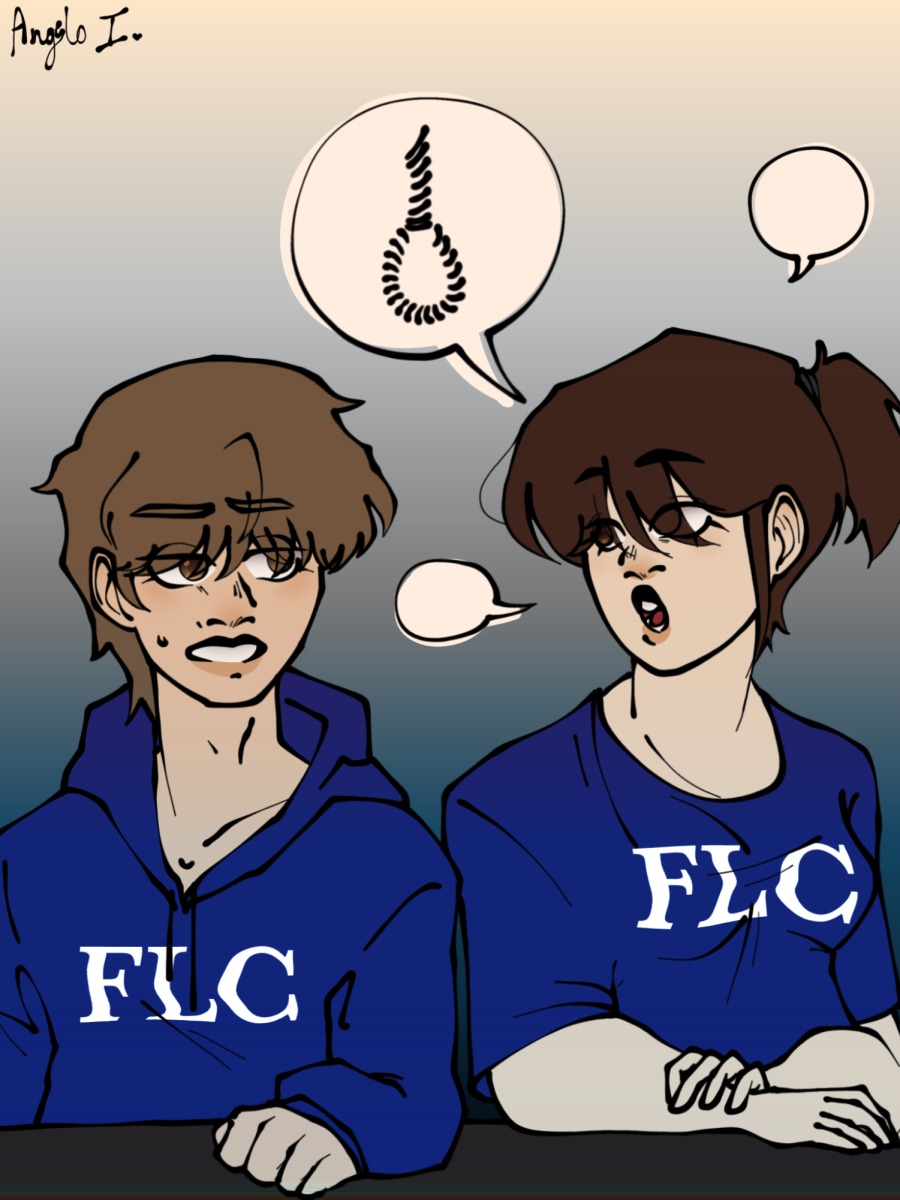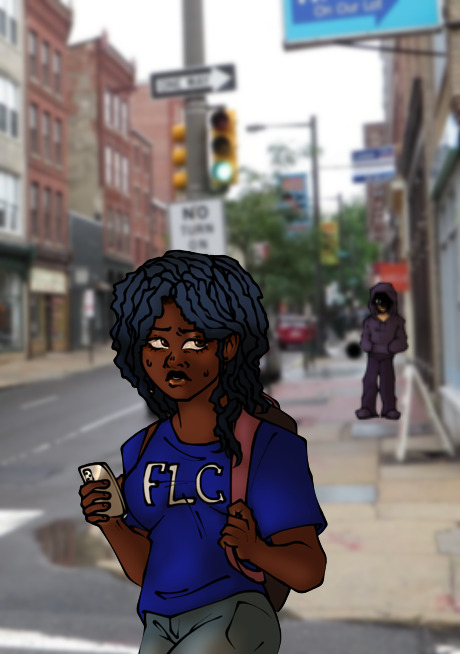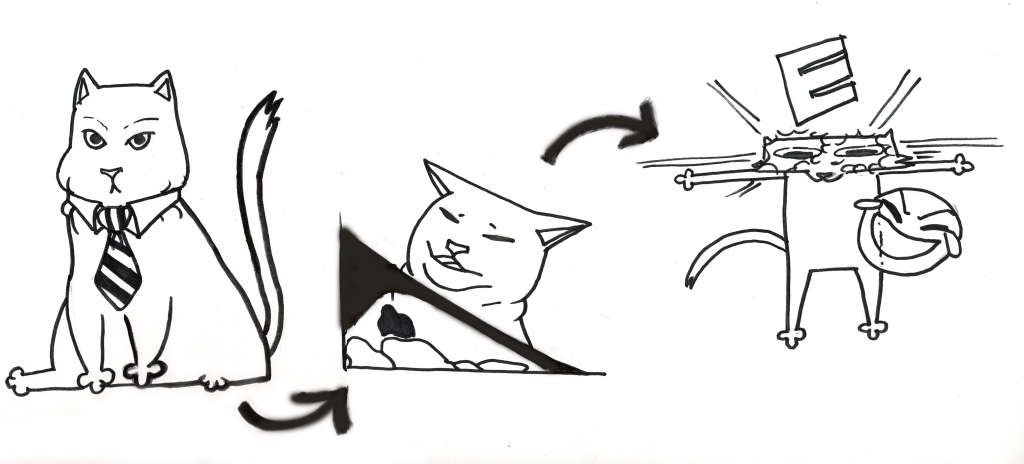
With 2020 bringing in promise to newer and fresher memes, It’s almost strange to think about how far memes have come since their uprising around 2010. Ten full years of internet humor, shaping how we joke and interact. But, is there a possibility that this will end?
Although thinking about a time in the future where memes do not exist is unusual—we grew up with them, after all—it is not far fetched. And the fact that we grew up with them may very well be the reason they will inevitably end.
If you haven’t considered how drastically memes have changed since 2010, allow me to provide you a timeline. At the beginning of the decade, memes were relatively new. They were wholesome and alternate sources for jokes online. You probably remember, or have seen an example of “Top text, Bottom text” memes. This is where it all started.
However, as time rolled on, you can witness memes taking on a more abstract form. From captions on funny images to simulate a scenario (2013-2015) to loud and random bass boosted noises (2016), to cursed edits (2015-2018), to ironic memes that make little to no sense. We are currently in the ironic meme phase.
How does what we consider to be funny change so much over-time? What’s even more interesting, is why exactly is this surreal, random humor most appealing to younger audiences? It’s almost as if our generation took over the concept of memes, and transformed it into something else.
This idea would make the most sense, regarding who views memes the most. If you recall the memes and education article, the age group that views memes the most is us. Millennials and younger. And this is reflected further through the current memes about nostalgic experiences.
Something peculiar about these nostalgia memes is that they all allude to childhoods of around the same time. Growing up in the 2000s and playing Call Of Duty with friends after school, binging The Fairly Odd Parents marathons, owning excessive amounts of silly bands, and so much more.
What these memes are saying is that children from around this time period have the most influence on memes as of right now. And if that is the case, that means memes are changing, as the community is changing. As the kids born into the 2000s are growing up, memes as a whole are conforming to what we think, is funny.
If memes are getting more and more abstract as the audience matures, is it possible that the very same audience will simply grow out of it? Again, it is not far fetched. Memes that at one point expressed great enthusiasm for certain topics aren’t doing it as much anymore (“Spooktober” being one example). Children that have the most influence are going to Highschools and Colleges, and less interest in memes is reflected by the quality of how they’re presented.
Through nostalgia expressed in memes, we know that a very specific audience is behind them, and we are a part of it. Memes could very well just be a product of our generation. If that is true, then memes will more than likely age and disappear with us.

